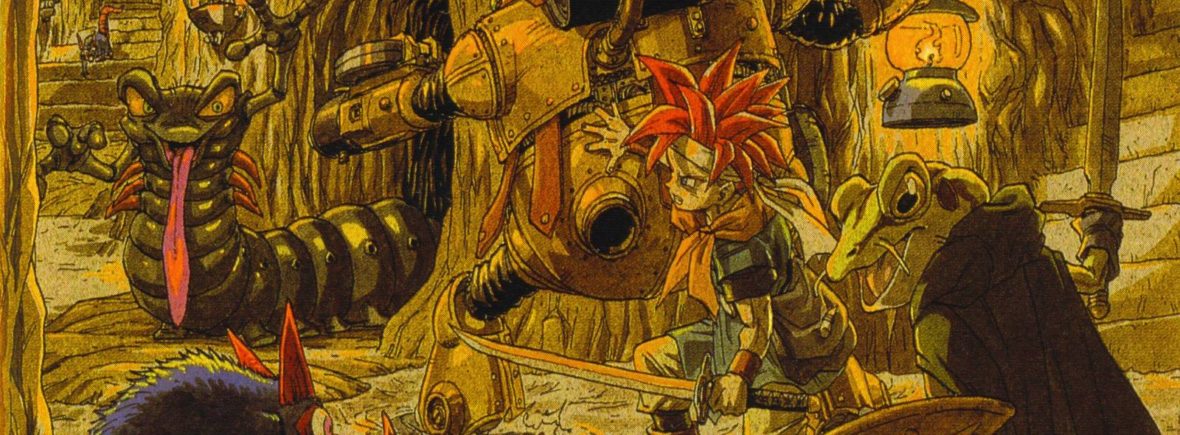The player characters are not the only ones in the game. There are enemies, neutral creatures, and even allies that can be interacted with both in and outside of battle. As a group, these are referred to as Non-Player Characters or NPCs. This definition reinforces the importance of the Player Characters as the protagonists. All other characters in the game are defined by not being the Player Characters.
NPCs are not the same as Player Characters
In this system Non-Player Characters are mechanically distinct from the Player Characters. They may share some characteristics, like using some of the same primary stats, but those characteristics function differently than they would for players. For instance, NPCs are not capped at 999 HP like Player Characters.
Game Masters can look up a catalogue of common NPCs in the Bestiary.
In general, Non-Player Characters fall into four distinct categories.
- Player Like Characters: NPCs in this category often appear to work the same as the Player Characters but their mechanics are simplified and streamlined behind the scenes. These NPCs are usually the same size as the Player Characters and have diverse motives. Sometimes these NPCs will be stronger than the Player Characters could ever become: one example of this is Magnus in Chrono Trigger who had 6666 HP as a boss and some nifty magic barriers but no nifty magical barriers and far less HP when recruited as a Player Character.
- Wildlife: NPCs in this category are obviously distinct from the Player Characters in clear ways but still met certain expectations of behavior. They do not use weapons but rely on physical attacks – like teeth, claws, talons, and hooves. These NPCs vary widely in size and generally have simple motives. They often have a restricted action economy but benefit from abilities around movement, ambush, or evasion.
- Automatons: NPCs in this category may resemble Player Characters, particularly mechanic ones, on the surface but they are distinct from them in function. These NPCs vary widely in size and generally have one overriding motive; set when they were created. They wield a wide array of offensive and defensive abilities, but often use them in a straightforward manner and rarely update tactics. Their action economy often includes counterattacks and interrupts.
- Monsters: NPCs in this category are completely distinct from the Player Characters. They are often colossal in size with movement patterns and abilities that are far different from those of the Player Characters. Their motives often feel abstract, alien, or mysterious to the Player Characters. Functionally, they can challenge an entire group of Player Characters and often possess unusual abilities that require strategy to overcome.
NPC Mechanics
The Bestiary goes into more detail about Non-Player Character mechanics and stats, but the following are important for Players to know as they interact with them.
- Element: Like Player Characters, all NPCs have an element that determines their elemental weakness and resistance. They can also be aligned to None. Unlike Player Characters, NPCs can use abilities from other elements including their opposing element.
- Type of Being: This indicates what type of creature the NPC is. Some player abilities deal additional damage or have a special effect on certain types of beings.
- Motive: This is what motivates the NPC’s behavior. It may cause them to ignore the players but then, later, attack on sight. An NPC’s motive may be obvious, hard to deduce, or even hidden.
- Actions/Abilities: Many NPCs have actions or abilities that do not follow the same rules as the Player Characters.
Enemies
Most harmful techniques only target ‘enemies’ but which NPCs are classified as enemies? Any that the Player Character wants to harm. The Player Character can designate a neutral NPC or even an allied NPC as an enemy, causing them to take damage from the technique. This will usually result in a fight or flight response from the NPC.

